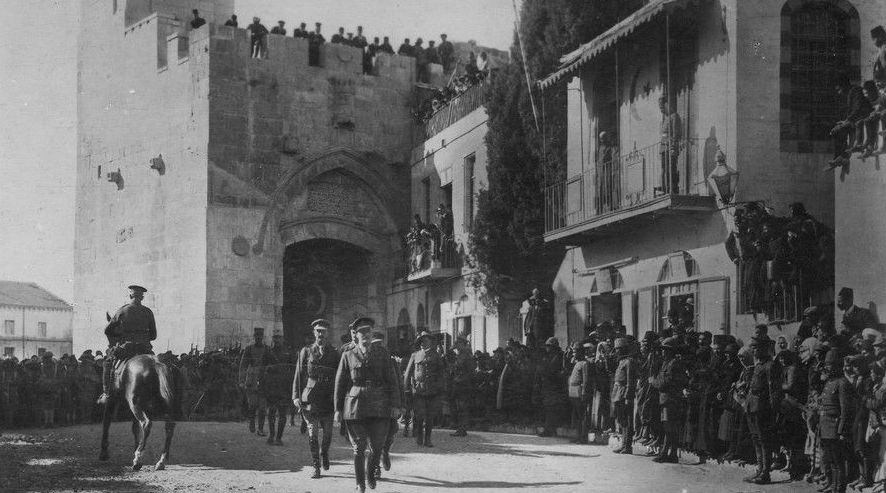How Did the Turkey Get Its Name?
Updated 26 November 2014
The Columbian expedition of 1492 sought to reach Asia, but ended up somewhere else entirely. And while the Americas had little to do with the old world, this did not prevent people and items from the other side of the Atlantic being associated with the Middle East, India, and elsewhere. In this updated episode, we consider the explanations for why a familiar bird and favorite Thanksgiving day meal has the same name as the country of Turkey and explore the name for the turkey in other languages. We also discuss more broadly the historical context within which the turkey and other foods such as potatoes and corn became part of global diets.
Chris Gratien is a doctoral candidate studying the environmental history of the modern Middle East at Georgetown University (see academia.edu)
Note for the listener: This podcast is not primarily a work of primary source research. It is a synthesis of publicly available information and draws extensively from the following works below, which are also mentioned during the course of the episode. For the purposes of academic citation, we encourage you to consult these works.
Select Bibliography
New Introduction:
Yuhas, Alan. "So Muslims beat Columbus to America?"
Smith, Andrew F. The Turkey: An American Story. Chicago: University of Illinois Press, 2006.
Slack, Edward R. "The Chinos in New Spain: A Corrective Lens for a Distorted Image." Journal of World History 20, no. 1 (2009): 35-67.
Lovejoy, Paul. "The Context of Enslavement in West Africa." In Slaves, Subjects, and Subversives : Blacks in Colonial Latin America, edited by Jane Landers and Barry Robinson, 9-38. Albuquerque: University of New Mexico Press, 2006.
Subrahmanyam, Sanjay. The Career and Legend of Vasco Da Gama. Cambridge: Cambridge University Press, 1997.
For another lecture on the word "turkey": Erju Ackman, Turkish American TV, "The origins of the word Turkey" 24 January 2013.
Original Episode:
List of names for the Turkey in other languages
Hobhouse, Henry. Seeds of Change: Six Plants That Transformed Mankind. [Washington, D.C.]: Shoemaker & Hoard, 2005.
Norton, Marcy. "Tasting Empire: Chocolate and the European Internalization of Mesoamerican Aesthetics." The American historical review. 111, no. 3 (2006): 660.
Vincent-Barwood, Aileen. "Columbus: What If?" Saudi Aramco World. Vol. 43 No 1 (January 1992).
Norton, Marcy. "Tasting Empire: Chocolate and the European Internalization of Mesoamerican Aesthetics." The American historical review. 111, no. 3 (2006): 660.
Vincent-Barwood, Aileen. "Columbus: What If?" Saudi Aramco World. Vol. 43 No 1 (January 1992).











Comments
Also, being rude is generally not a great way to get what you want.
The Turkey's Turkey connection:
http://www.nytimes.com/2013/11/28/opinion/the-turkeys-turkey-connection.html
Post a Comment
Due to an overwhelming amount of spam, we no longer read comments submitted to the blog.